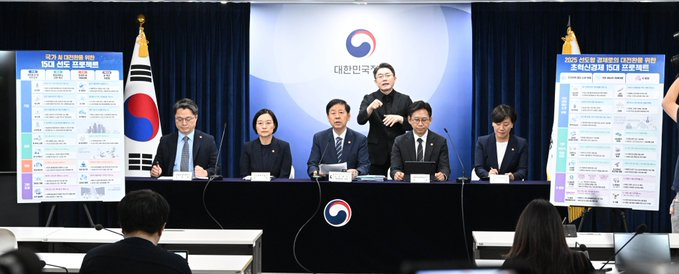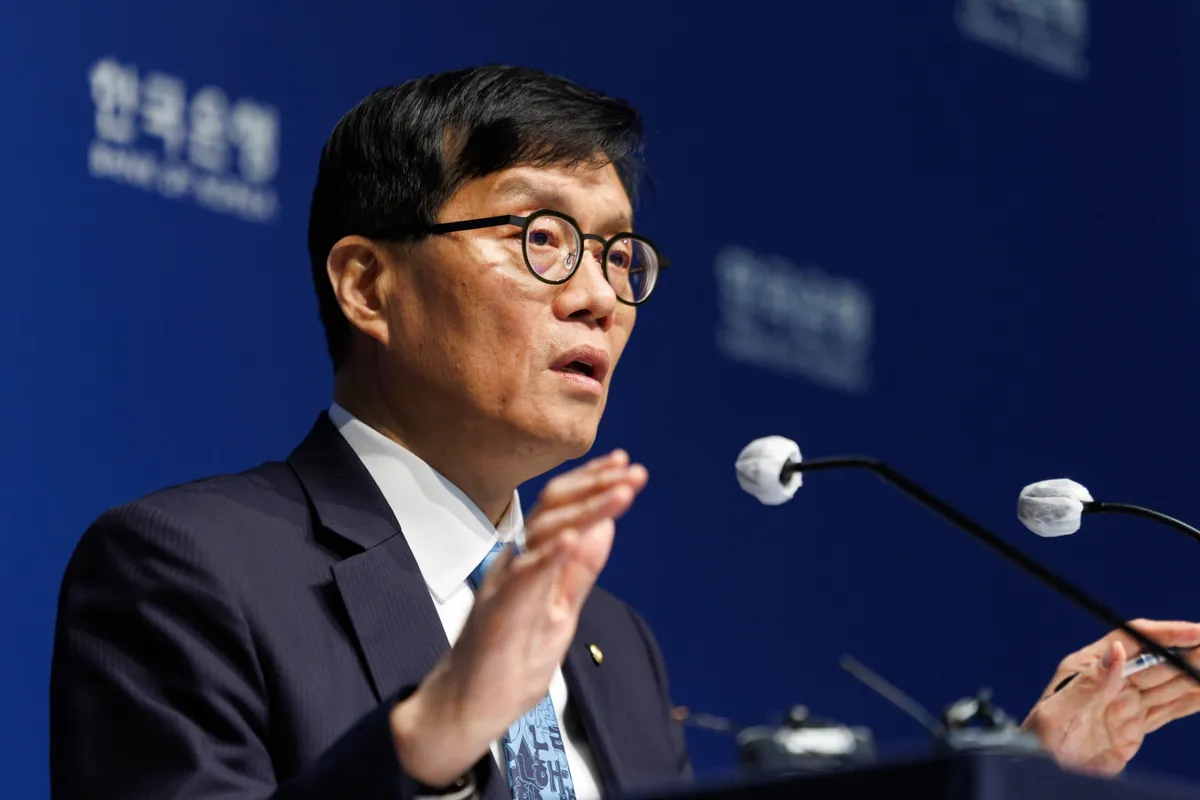On August 28, 2025, Bank of Korea (BOK) Governor Rhee Chang-yong announced at a press conference following a monetary policy committee meeting in Seoul that South Korea plans to use Central Bank Digital Currency (CBDC) to pay over 110 trillion won (approximately $79.3 billion) in government subsidies. This initiative is part of South Korea's "Han River Project" digital currency pilot program, aimed at enhancing the efficiency and transparency of fiscal policy. According to the South Korean newspaper Hankook Ilbo, this plan was proposed by the Ministry of Strategy and Finance, marking the Bank of Korea's restart of related plans after pausing CBDC testing.
CBDC "Revival": From Suspension to New Direction
Surprisingly, the Bank of Korea had announced in June 2025 the suspension of CBDC testing, opting instead to explore alternatives based on stablecoins. However, the recently announced CBDC payment plan for government subsidies indicates that South Korea has not completely abandoned the development of CBDCs. Governor Rhee Chang-yong stated that the plan is part of the second phase pilot of the "Han River Project," aimed at improving the transparency and efficiency of fund management through digital currency payments for subsidies. He explained, "Using digital legal tender to pay subsidies will help main contractors better manage funds when signing agreements with subcontractors."

According to the plan, the Bank of Korea and the Ministry of Strategy and Finance will issue CBDC tokens to contractors, replacing traditional bank transfers or vouchers. Leveraging blockchain technology, the flow of these tokens can be tracked, effectively preventing fund misuse. Deputy Prime Minister and Minister of Strategy and Finance Koo Yun-cheol stated during a recent visit to the Bank of Korea that this initiative will significantly enhance the efficiency and transparency of subsidy payments.
Collaboration with Banks: Preference for Supportive Institutions for CBDC

Unlike the first CBDC pilot that ended in the first half of this year, the new round of pilots will be led by the private sector. The first pilot primarily focused on commercial banks and their customers, but participating banks expressed dissatisfaction with the CBDC plan, citing excessive infrastructure investment costs. However, Rhee Chang-yong stated that the Bank of Korea is willing to collaborate with banks that show a positive attitude towards CBDC operations. He noted, "Given the scale of the 110 trillion won project, I believe it will be attractive to banks. We plan to prioritize cooperation with banks willing to invest."
Accelerating Progress Alongside Stablecoin Legislation
Rhee Chang-yong also revealed that the Bank of Korea has not abandoned its CBDC plans due to the shift towards stablecoins. On the contrary, once the South Korean legislative body completes legislation related to cryptocurrencies and stablecoins, the central bank will accelerate the advancement of the "Han River Project." He stated, "We have discussed the upcoming cryptocurrency and stablecoin legislation with the Ministry of Strategy and Finance and exchanged practical opinions with the Financial Services Commission. We hope that the views of the Bank of Korea will be fully reflected in the legislative process."
The Bank of Korea has previously expressed its desire to gradually promote CBDCs and stablecoins through traditional financial institutions (such as banks), which are subject to strict regulation by the central bank. However, leaders in South Korea's financial and cryptocurrency sectors have expressed dissatisfaction with the slow progress of stablecoin legislation. Currently, lawmakers are divided on whether to allow technology companies to issue stablecoins pegged to the won. Conservatives advocate for limiting issuance rights to commercial banks to ensure financial stability, while progressives argue that this could stifle innovation.
Conclusion
The Bank of Korea's plan to use CBDCs for government subsidy payments not only marks a significant shift in its digital currency strategy but also reflects its efforts to balance financial innovation and regulation. By enhancing the transparency and efficiency of subsidy payments through blockchain technology, South Korea is attempting to secure a place in the global CBDC development landscape. However, the controversies surrounding stablecoin legislation and the willingness of banks to participate will remain key factors influencing the advancement of this plan. In the future,
免责声明:本文章仅代表作者个人观点,不代表本平台的立场和观点。本文章仅供信息分享,不构成对任何人的任何投资建议。用户与作者之间的任何争议,与本平台无关。如网页中刊载的文章或图片涉及侵权,请提供相关的权利证明和身份证明发送邮件到support@aicoin.com,本平台相关工作人员将会进行核查。




